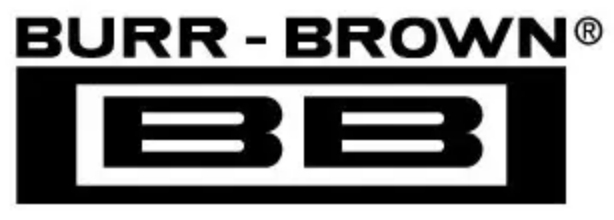THEORY OF OPERATION
The ADS7841 is a classic successive approximation register
(SAR) analog-to-digital (A/D) converter. The architecture is
based on capacitive redistribution which inherently includes
a sample/hold function. The converter is fabricated on a
0.6µs CMOS process.
The basic operation of the ADS7841 is shown in Figure 1.
The device requires an external reference and an external
clock. It operates from a single supply of 2.7V to 5.25V. The
external reference can be any voltage between 100mV and
+V
CC
. The value of the reference voltage directly sets the
input range of the converter. The average reference input
current depends on the conversion rate of the ADS7841.
The analog input to the converter is differential and is
provided via a four-channel multiplexer. The input can be
provided in reference to a voltage on the COM pin (which
is generally ground) or differentially by using two of the four
input channels (CH0 - CH3). The particular configuration is
selectable via the digital interface.
ANALOG INPUT
Figure 2 shows a block diagram of the input multiplexer on
the ADS7841. The differential input of the converter is
derived from one of the four inputs in reference to the COM
pin or two of the four inputs. Table I and Table II show the
relationship between the A2, A1, A0, and SGL/DIF control
bits and the configuration of the analog multiplexer. The
control bits are provided serially via the DIN pin, see the
Digital Interface section of this data sheet for more details.
When the converter enters the hold mode, the voltage
difference between the +IN and –IN inputs (see Figure 2) is
captured on the internal capacitor array. The voltage on the
–IN input is limited between –0.2V and 1.25V, allowing the
input to reject small signals which are common to both the
+IN and –IN input. The +IN input has a range of –0.2V to
+V
CC
+ 0.2V.
The input current on the analog inputs depends on the
conversion rate of the device. During the sample period, the
source must charge the internal sampling capacitor (typi-
cally 25pF). After the capacitor has been fully charged, there
is no further input current. The rate of charge transfer from
the analog source to the converter is a function of conver-
sion rate.
A2
0
1
0
1
A1
0
0
1
1
A0
1
1
0
0
CH0
+IN
+IN
+IN
+IN
CH1
CH2
CH3
COM
–IN
–IN
–IN
–IN
TABLE I. Single-Ended Channel Selection (SGL/DIF HIGH).
A2
0
1
0
1
A1
0
0
1
1
A0
1
1
0
0
CH0
+IN
–IN
CH1
–IN
+IN
+IN
–IN
–IN
+IN
CH2
CH3
COM
TABLE II. Differential Channel Control (SGL/DIF LOW).
A2-A0
(Shown 001
B
)
CH0
CH1
CH2
CH3
+IN
Converter
–IN
COM
SGL/DIF
(Shown HIGH)
FIGURE 2. Simplified Diagram of the Analog Input.
+2.7V to +5V
ADS7841
1µF +
to
10µF
0.1µF
1
2
Single-ended
or differential
analog inputs
3
4
5
6
7
8
0.1µF
+V
CC
CH0
CH1
CH2
CH3
COM
SHDN
V
REF
DCLK 16
CS 15
DIN 14
BUSY 13
DOUT 12
MODE 11
GND 10
+V
CC
9
Serial Data Out
Serial/Conversion Clock
Chip Select
Serial Data In
FIGURE 1. Basic Operation of the ADS7841.
®
9
ADS7841

 BURR-BROWN [ BURR-BROWN CORPORATION ]
BURR-BROWN [ BURR-BROWN CORPORATION ]